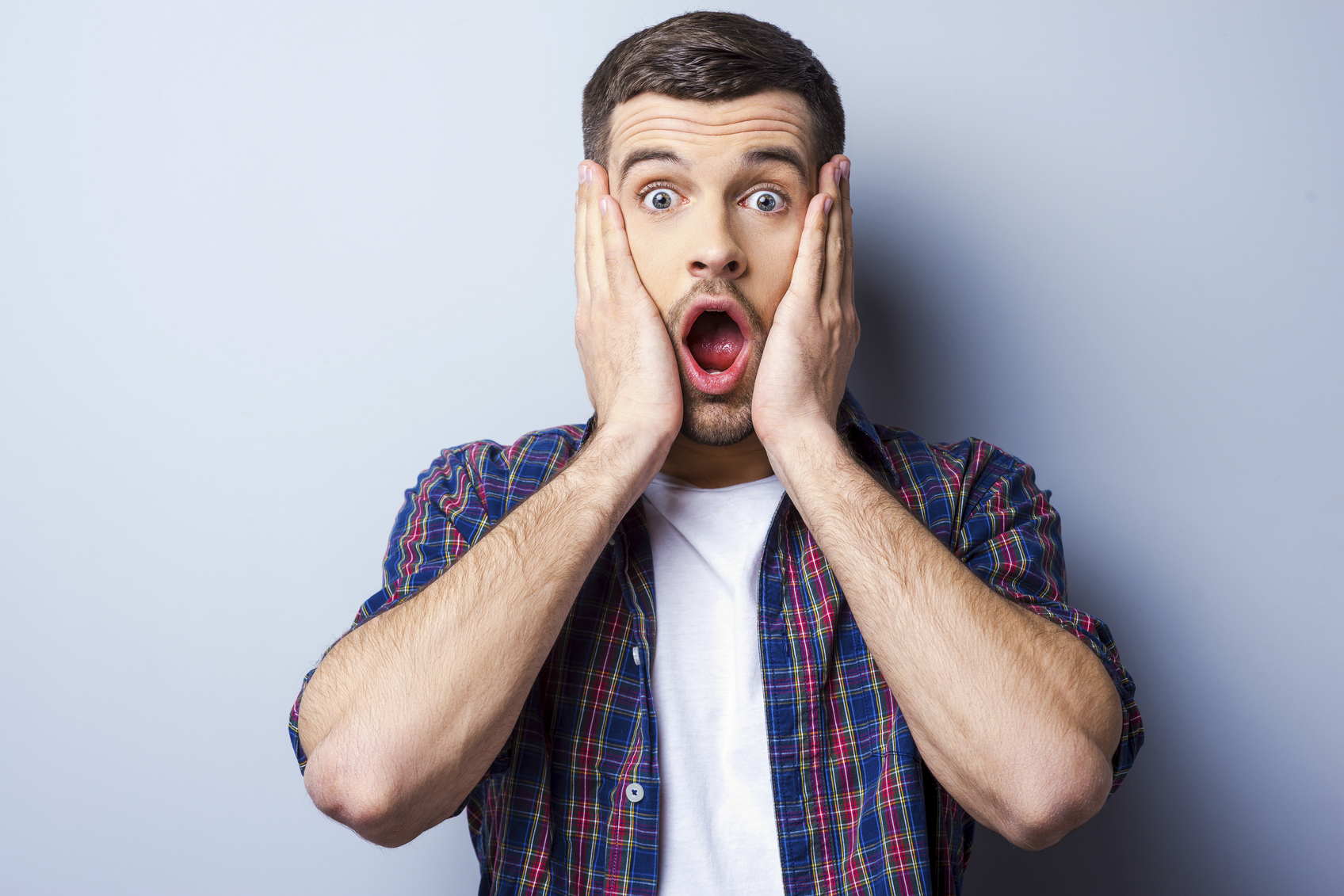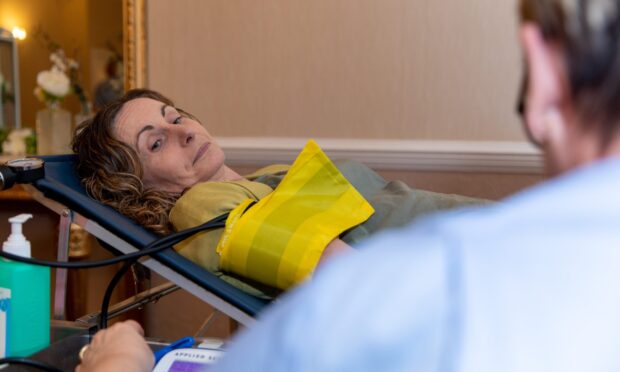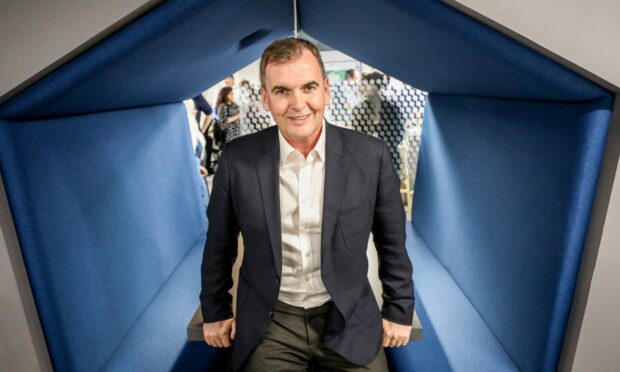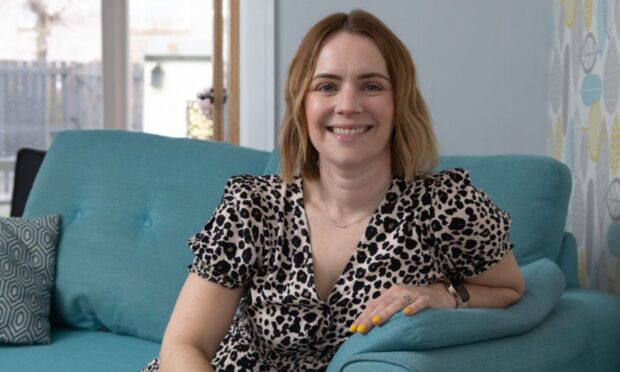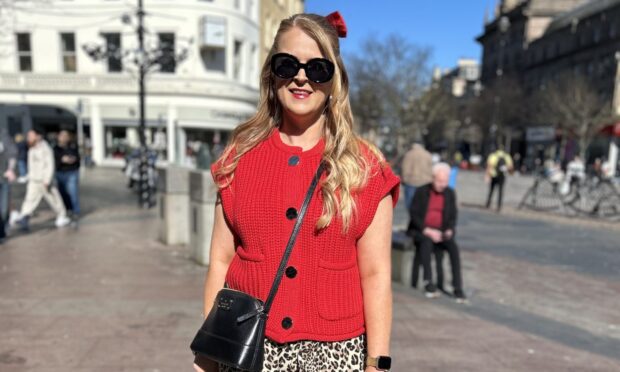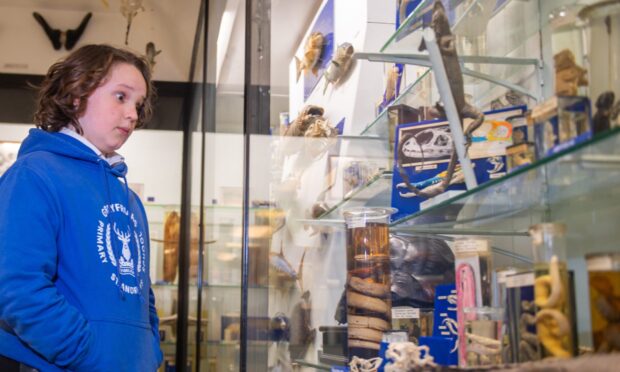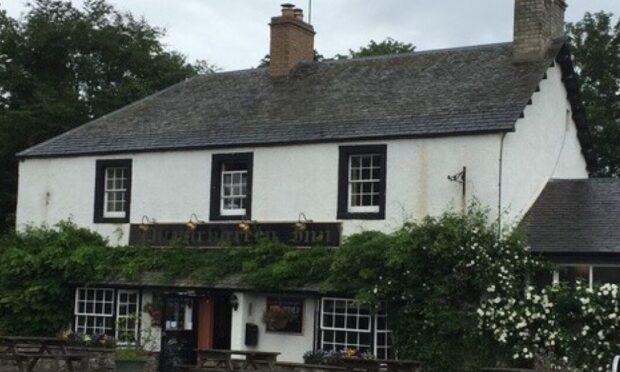What are you most scared of this halloween?
Apparently 44% of people in Scotland spend more than £100 a year on fighting their fears
- Scotland’s biggest fears include personal failure, insects and judgement from others
- Google fear related searches increase by 40% during the month of Halloween
- Fears most commonly effect confidence, self-esteem and the ability to live a normal life
Research from Voucherbox has found that 44% of the people surveyed in Scotland have spent between £101 – £1,000 on treating their biggest fears. In a topical survey conducted during the month of Halloween, some of the biggest fears for men and women include personal failure (12%), insects for women (13%) and for men there is a fear of being judged by others (9%).
Purchasing out of fear
The cost of treatment is not the only financial impact that fears have on people. Survey respondents also reported that their fears forced them to make certain purchases. The most common was self-help books and therapy, with 29% of Welsh respondents opting for hypnotherapy and psychotherapy to overcome their fear.
Facing your fears
More than 37% of people surveyed said that they face their fears head on, while 25% said they tend to procrastinate but eventually deal with their fear. 22% said they don’t have a strategy, they simply wait and hope it goes away on its own.
The fear effect
The number one reported effect of fear is the loss of confidence (26%), followed by self-esteem (20%) and the ability to lead a normal life (13%). 5% of survey participants reported losing a job due to their fear and 11% experienced bad health as a result and 7% lost a relationship.What are our greatest fears?
The number one fear in the UK is the fear of personal failure which includes financial loss, unemployment and being alone with 12% of respondents confirming a fear in this area. 10% have a fear of social situations such as sex, relationships and public speaking, while 7% have a fear of death or sickness. 11% have a personal anxiety such as fear of clowns, heights and flying.
When it comes to gender split, 13% of women are afraid of insects, while 9% of men are afraid of being judged by others.
The Halloween fear factor
Voucherbox.co.uk has also found that the number of Google searches that include the words “fear” and “phobia” normally reach their apex around the end of October each year – right before Halloween with a 40% increase in fear searches.
